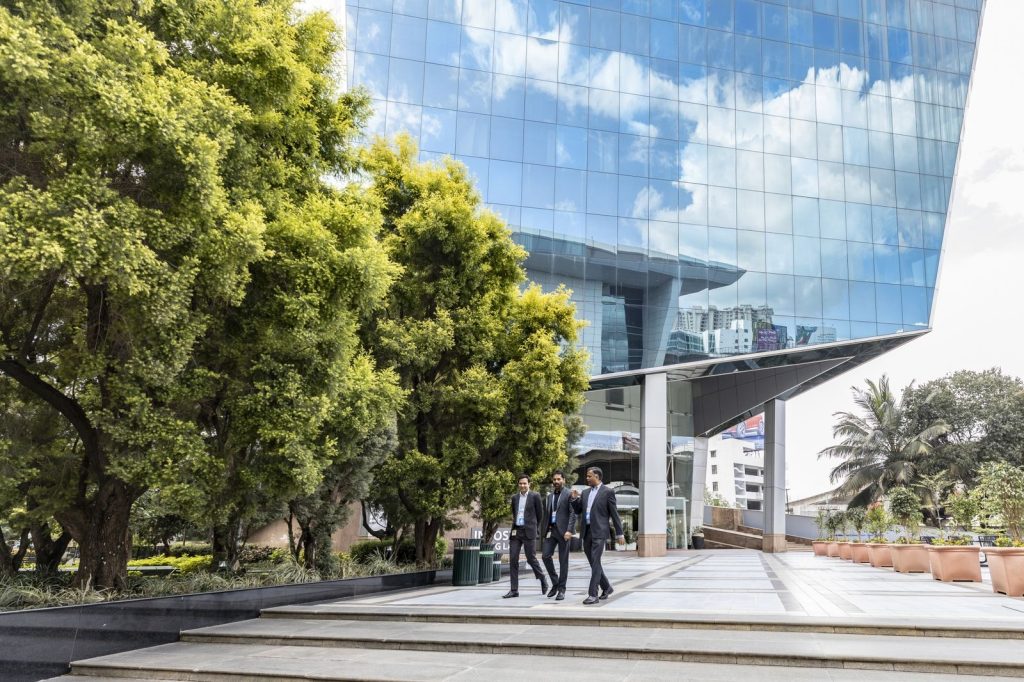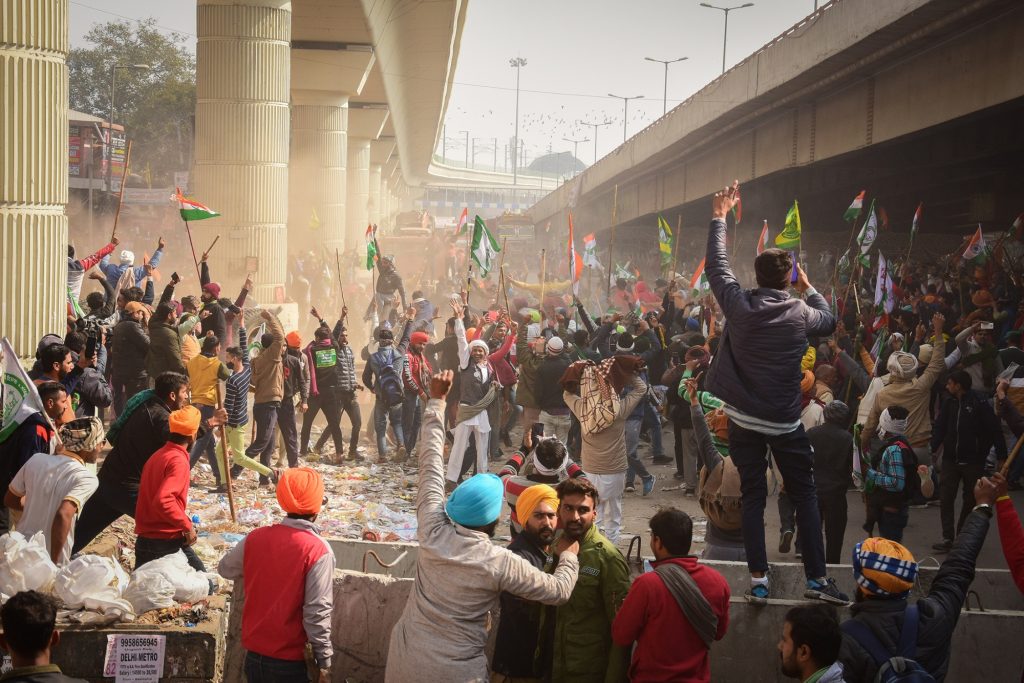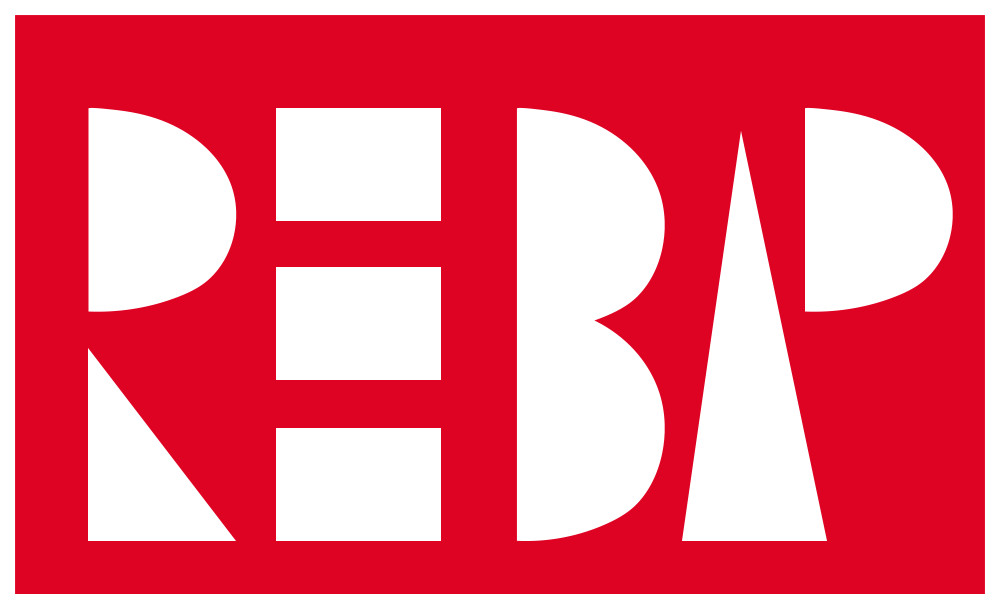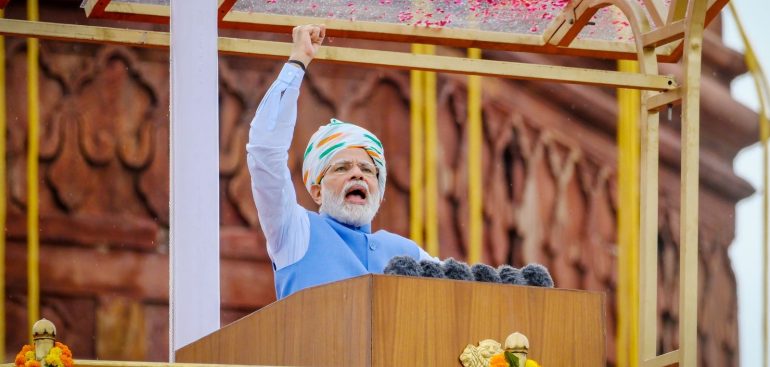By Kai Schultz and Vrishti Beniwal
January 23, 2023
Prime Minister Narendra Modi wants to make India a developed nation. How soon can a country once synonymous with red tape become a $10 trillion economy?
India’s economic transformation is kicking into high gear.
Global manufacturers are looking beyond China, with Prime Minister Narendra Modi stepping up to seize the moment. The government is spending nearly 20% of its budget this fiscal year on capital investments, the most in at least a decade.
Modi is closer than any predecessor to being able to claim that the nation — which may have just passed China as the world’s most populous — is finally meeting its economic potential. To get there, he’ll have to wrestle with the drawbacks of its exceptional scale: the remnants of the red tape and corruption that has slowed India’s rise, and the stark inequality that defines the democracy of 1.4 billion people.
“India is on the cusp of huge change,” said Nandan Nilekani, a founder of Infosys Ltd., one of the nation’s largest technology services companies. India has quickly created capacity to support tens of thousands of startups, a few billion smartphones and data rates that rank among the lowest in the world, he said.
US-China rivalry is providing a tailwind. India and Vietnam will be the big beneficiaries as companies move toward a “China-plus-one” strategy, supply-chain analysts say. Apple Inc.’s three key Taiwanese suppliers have won incentives from Modi’s government to boost smartphone production and exports. Shipments more than doubled to top $2.5 billion of iPhones from April through December.
As powerhouses from China to Germany contend with slowing growth, the stakes are rising to find another nation equipped to propel the global economy. Morgan Stanley predicts that India will drive a fifth of world expansion this decade, positioning the nation as one of only three that can generate more than $400 billion in annual output growth.

The thesis is reflected in global equity markets, with India’s Sensex index trading last quarter at the highest in a decade versus the S&P 500. Relative to other emerging markets, Indian stocks have never been higher.
“People are looking at which other place over the next decade is going to be a great place to put capital,” Nilekani said. “I haven’t seen this kind of interest in India for 15 years.”
Of course, Modi’s manufacturing aspirations are not new. His “Make in India” campaign kicked off in 2014, seeking to emulate China and the tigers of East Asia — from Singapore to South Korea and Taiwan — that climbed into the ranks of rich economies by filling factories with workers making products the world wanted to buy.
Boosting manufacturing to 25% of GDP, a key metric for the program, has proven elusive. The ratio rose to 17.4% in 2020 compared with 15.3% in 2000, according to data from McKinsey. Vietnam’s factory sector more than doubled its share of GDP during the same period.
But as this year’s president of the Group of 20 nations, India has momentum. An external strategy built on multiple alliances and unapologetic self-interest has seen the nation boost purchases of Russian oil by 33 times, ignoring pressure from Washington. There are even some signs of pragmatism when it comes to the tense relationship with neighboring China — more than a dozen of Apple’s Chinese suppliers are receiving initial clearance from New Delhi to expand operations, underpinning the tech giant’s efforts to divert production to India.
In a multipolar world, India’s embrace of a middle path has bolstered its image as a nation “with which everyone is interested in having a good relationship,” said Kenneth Juster, a former US ambassador to India.
“India is positioning itself, and using its presidency of the G-20 to do so, as a bridge between east and west, and north and south,” he said. “A lot of companies feel that given its size, given its young population, given its inevitable force in international affairs, India is a place where they should be.”
In an August speech commemorating 75 years since India’s independence, Modi urged the nation to settle for nothing less than to “dominate the world.”
“We must resolve to make India a developed nation in the next 25 years,” he said at the Red Fort in New Delhi, occasionally swatting the air with clenched fists. Helicopters showered the crowd with flower petals before he spoke.
Bloomberg Economics expects the nation’s per capita income to pull even with some developed countries in that span, putting Modi’s goal within reach. Potential GDP growth will gradually peak at about 8.5% early next decade, propelled by corporate tax cuts, incentives for manufacturers and privatization of public assets, according to BE. The Centre for Economics and Business Research predicts India to become a $10 trillion economy by 2035.
Battling Bureaucracy
To meet his target, Modi will have to overcome the legacy of India’s early years as an independent nation, which included decades of squandered economic opportunity.
After Britain’s partition of the subcontinent in 1947 and the religious violence that followed, India turned inward. By the 1970s, much of the economy was nationalized and a formidable bureaucracy shut out the world. A labyrinthine system called the “License Raj” dictated everything from car models to what types of bread were allowed in stores.
In 1991, a balance of payments crisis forced change. Facing plunging foreign exchange reserves and pressure from the International Monetary Fund, then-Finance Minister Manmohan Singh endorsed devaluing the rupee and opening up to foreign investment.
The reforms were a hard sell. But by the end of the decade, changes to India’s economic landscape were undeniable. GDP close to doubled. International brands from McDonald’s to Microsoft offered new choices. In the 2000s, India notched several years of growth near 8%.

Farmers protest in Delhi in 2021.Photographer: SOPA Images/LightRocket/Getty Images

